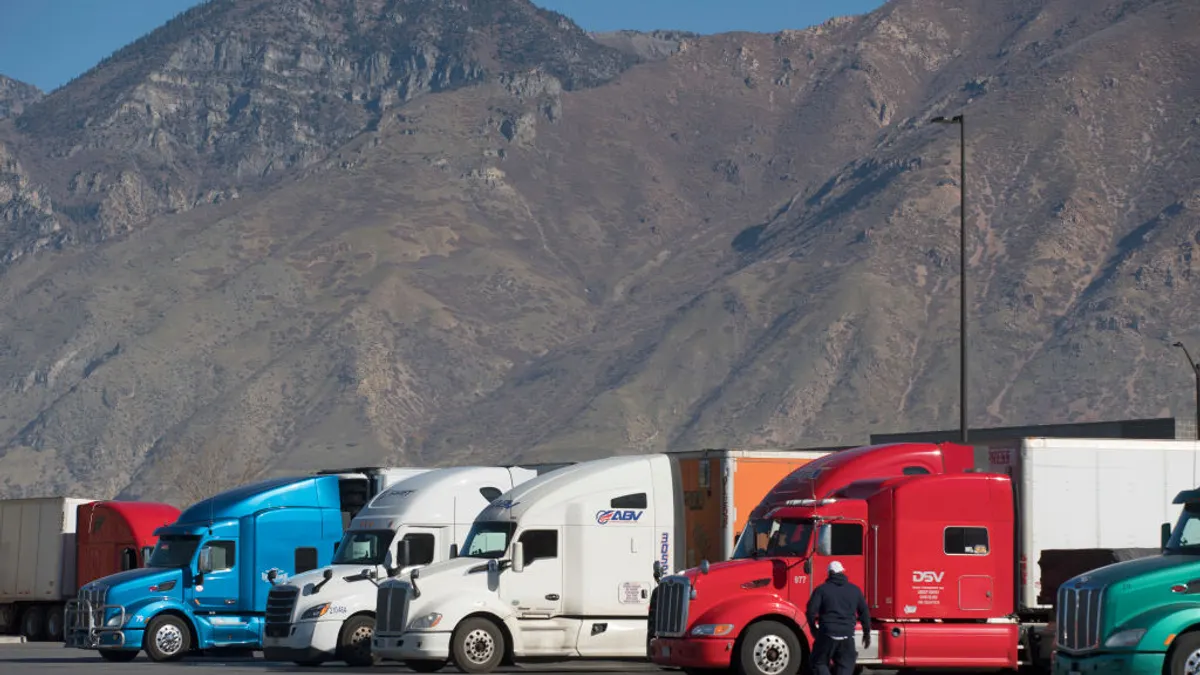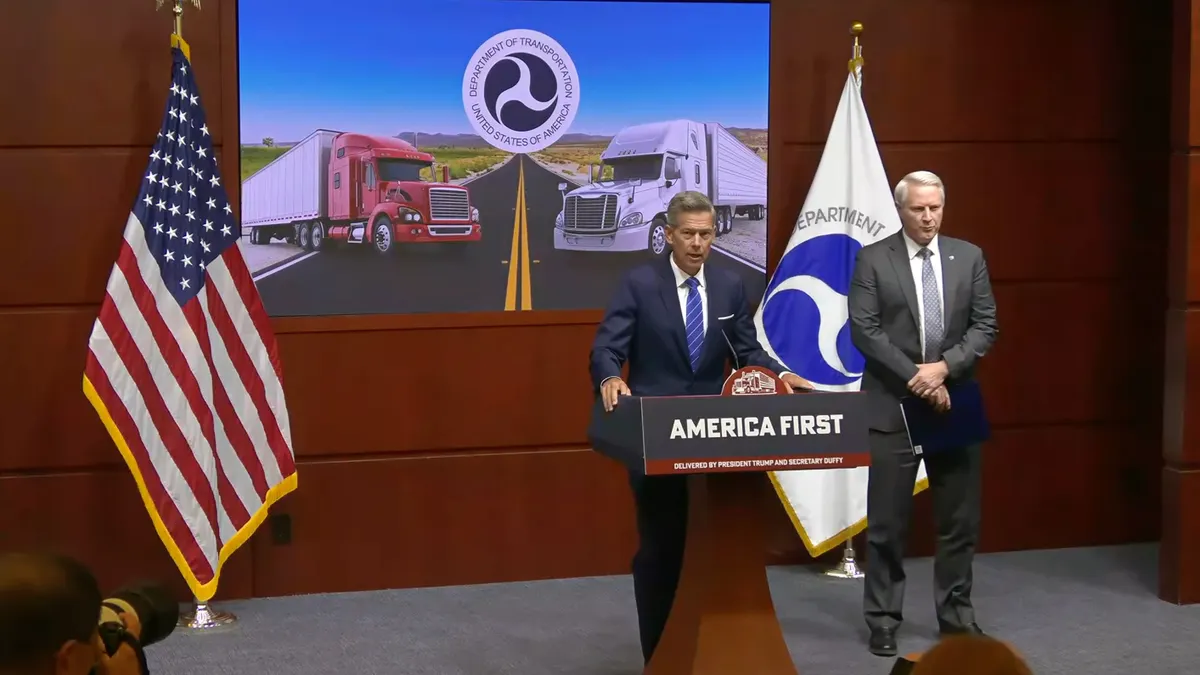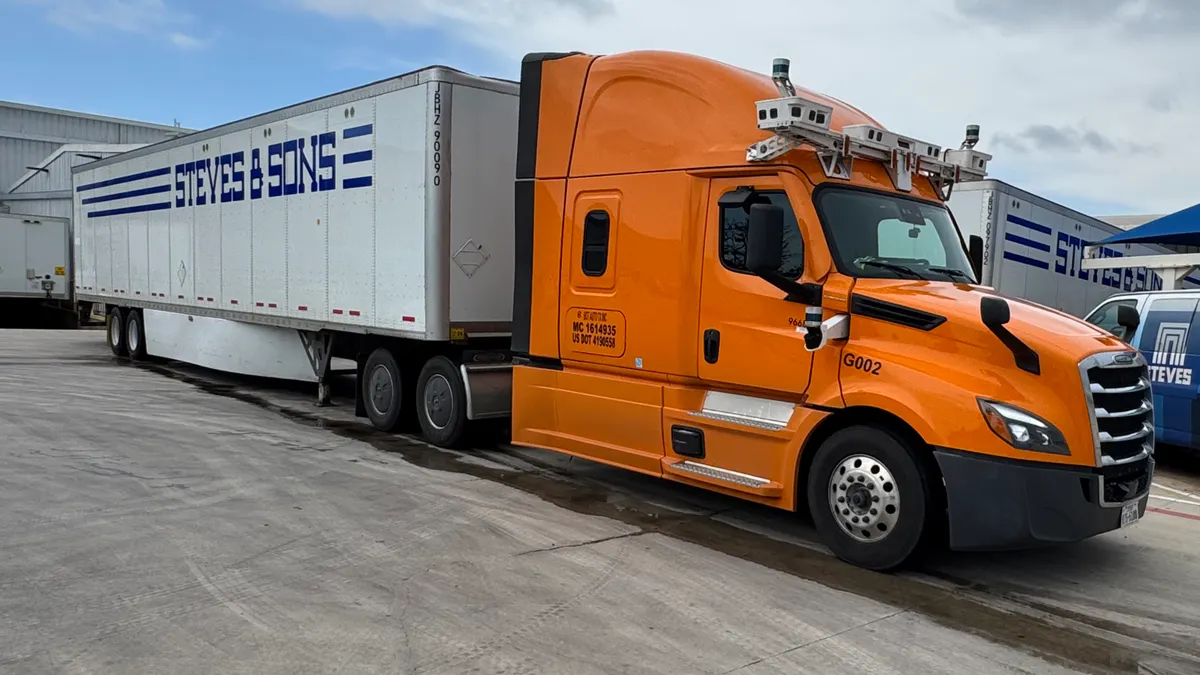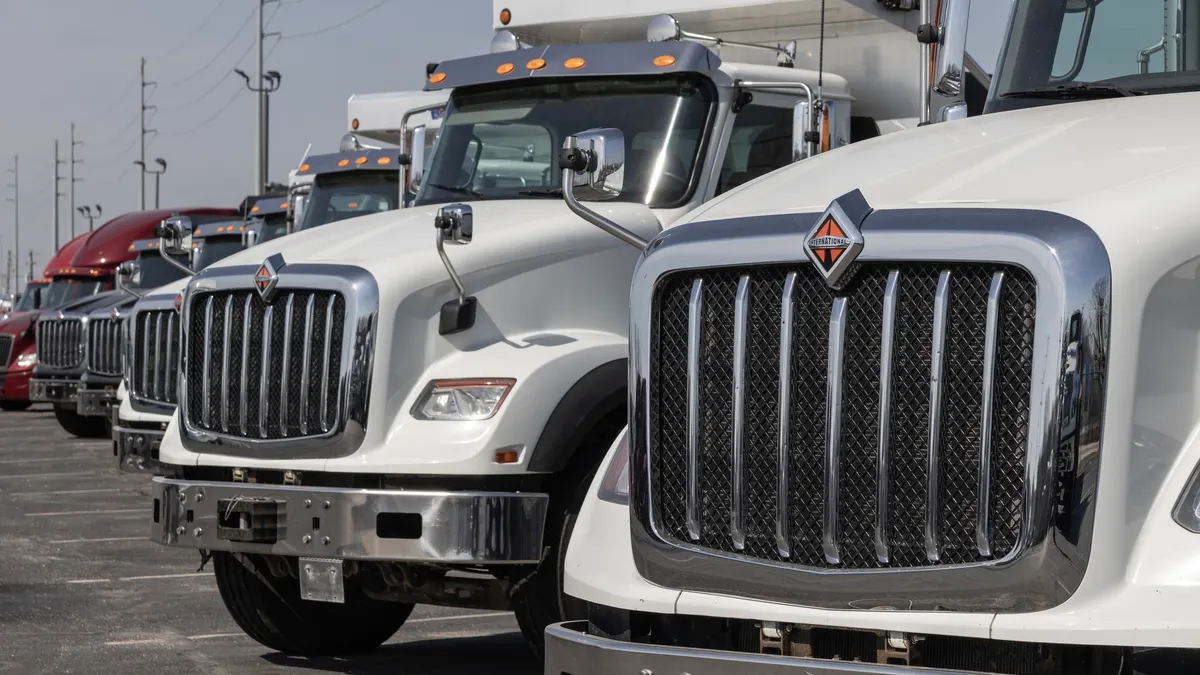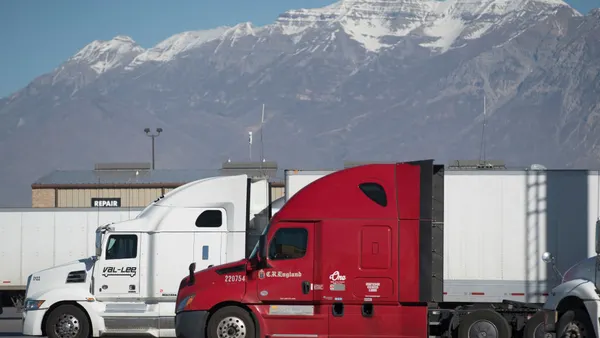A crash between a car and trucks on I-20 in Georgia killed two teenage girls a decade ago.
AnnaLeah, 17, died in the crash, and her sister Mary, 13, died a few days later on May 8. Their brother Caleb and mother, who was driving, survived.
A truck pulling a car hauler was changing lanes when it hit the Karth family’s Ford Crown Victoria sedan on May 4, 2013, sending the passenger vehicle spinning before colliding with it again, according to a police report. The second collision sent the car into a third vehicle, a tractor-trailer, lodging the car underneath the rear.
The truck driver, who was found unconscious and slumped over the wheel, pleaded guilty to second-degree homicide by vehicle and failure to maintain a lane, according to police and court documents. He lost his CDL for two years.
Crash tests show how catastrophic underride crashes frequently are, and the Insurance Institute for Highway Safety has noted that passenger vehicles can be at a severe disadvantage without the proper guard. The girls’ mother, Marianne Karth, said if there had been stronger underride guard protection in place, her daughters would have lived.
"Their lives were just snatched away from them. Their futures. All their dreams, and all the love and laughter they could have continued to be to other people," Karth said. "It's so senseless that it continues to happen to other people year after year."
Industry initiative drives progress
Carriers have long worked to improve safety and avoid costly liability, but Karth said only some players have pushed ahead of regulations. Noting concerns over companies’ bottom lines, she said safer equipment can ultimately help avoid tragic crashes, reduce costs and save lives.
After the crash Karth's husband, Jerry, wrote to trailer manufacturers and truck fleets, asking for companies to voluntarily upgrade their standards.
"Engineers are innovative," Karth said. "Give them a problem; they love to solve problems."
Stoughton Trailers is one of the companies at the forefront of equipment safety improvements, Karth said.
In 2015, the OEM introduced an improved rear underride guard designed to protect against crashes for the full width of the back of the trailer.
In unveiling the change, the OEM noted it’s "without added weight to the trailer and at no additional cost to the customer."
Following a March 2017 crash, driver Terry Rivet credited the Stoughton rear underride guard for saving his life. His vehicle crashed into a jack-knifed tractor-trailer pileup on a snow- and ice-covered I-90 in New York.
The company said its rear underride guard "was designed to perform at a higher standard than federal regulations require" and it's become standard on its dry van trailers.
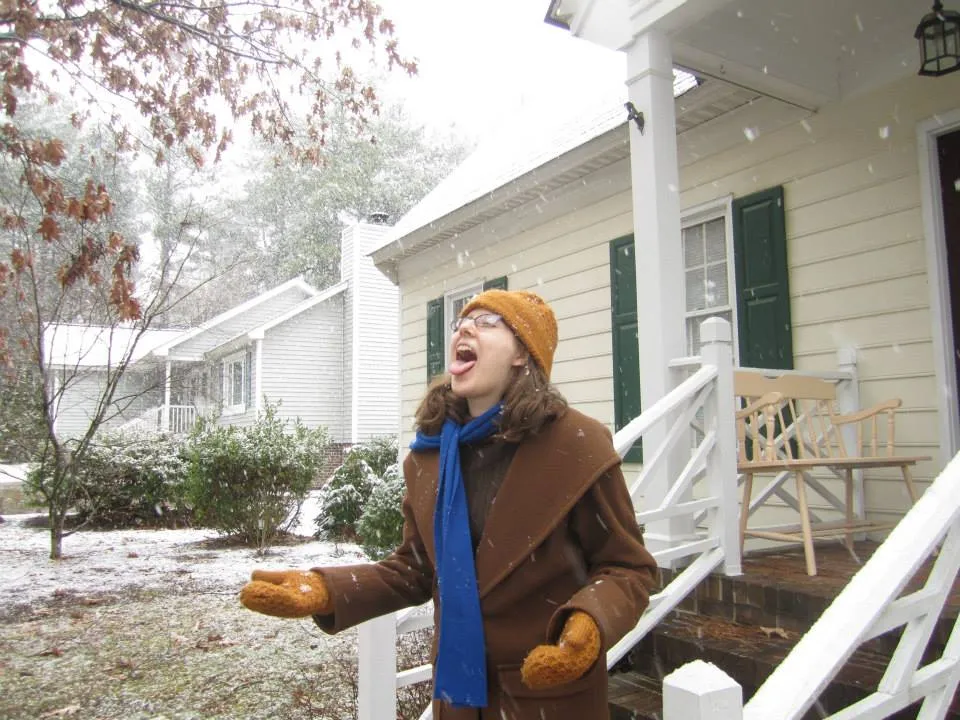
Other companies have also upgraded their equipment after clients advocated for change. Karth recalled a trucking underride roundtable event in 2016 when an engineer from Vanguard National Trailer told attendees that they upgraded their equipment because three trucking customers asked for changes based on Karth family letters.
Similarly, an executive at J.B. Hunt told the family that the carrier placed an order with Wabash National for thousands of trailers that had stronger safety standards than what regulations required at the time.
Legislation pushes regulations
Despite calls for change from the public, legislators can make or break changes. A change proposed in 2014, for example, calling for stronger rear guards took nearly a decade to implement.
But that ultimately came through federal legislation prodding regulators. Amid advocates’ frustration with the regulatory process, Karth and Lois Durso, another mother who lost her daughter in a crash, drafted their own legislation in 2017, which helped the Stop Underrides Act, Karth said. Legislators credited victims’ families such as the Karths for their perseverence to make the bill possible.

But the proposal didn't get the momentum to move forward. Through the Bipartisan Infrastructure Law, though, a vestige of the Stop Underrides Act passed, Karth said. Among its provisions, the law required regulators to strengthen rear underride guards.
The delays in changes can come as industry weighs in, but Karth believes if trucking representatives had their way, more changes would come, but personal decisions can get lost in a collective corporation.
In another factor influencing results, regulators can be restricted from making changes because of cost-benefit analyses, Karth said. But she notes that even the data they use can be limited. The Government Accountability Office has stated that states can vary in what data they collect, and dropping an underride field for one state led to a significant drop in fatalities reported.
"Only 17 states have an underride field on their crash report," Karth said, saying there's inaccurate information being underreported in statistics.
A decade later
Despite some changes in OEM safety, Karth said that the U.S. still lags behind other countries in terms of safety. She noted companies operating across the globe, including the U.S., meet higher safety standards in places such as Europe.
As part of the Bipartisan Infrastructure Law, the government created an Advisory Committee on Underride Protection, and the National Highway Traffic Safety Administration appointed members to the 16-person group this year, which includes Karth.
"We're going to be around the table together," she said. "It's what I wanted to do since 2014."
Despite the painful reminders of crashes, advocates not only seek change but want new ways to remember loved ones.
In recent weeks, Karth has asked the Department of Transportation to place a memorial bell at its headquarters that people could ring.
And last year, the Karth family commissioned a chainsaw wood carver to make a memorial bench, which features wooden sculptures of their daughters. They picked it up last November and placed it in a screened porch at their North Carolina home.
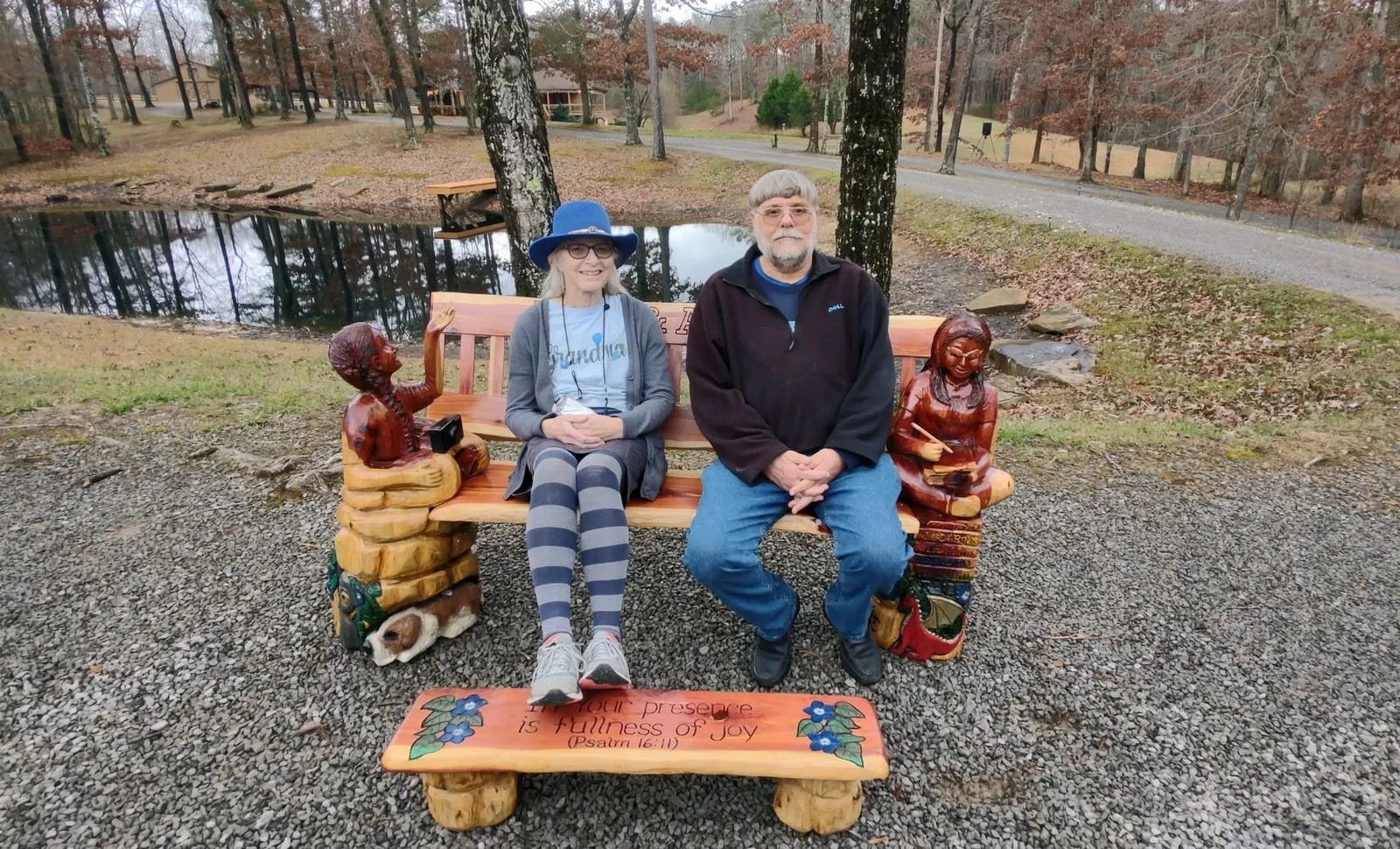
"I've got a space to go to think about them as they lived,” she said, “and not just about how they died, which is where most of my time and energy goes.”








